Hike in Torres del Paine National Park
You’ll struggle to find anywhere better on earth to hike than in Chilean Patagonia. With wild, untamed terrain, towering snow-capped peaks and lakes of crystalline turquoise, its landscape easily captures the hearts of adventurers. There are several great hikes in Torres del Paine National Park. For occasional hikers, Paso Los Cuernos offers stunning scenery without too many steep pathways. This casual hike takes you along the northern shores of Nordenskjöld Lake lasting for around seven miles, taking four to five hours to complete. Keen photographers will enjoy a half-day hike to Mirador Las Torres – a route which transports you to the base of Torres del Paine, where you’ll be able to obtain picture-postcard photos and see jagged granite peaks up close.
If you’re a seasoned hiker preferring a more challenging route, experience the W Trek. This four-day hike is one of the region’s most scenic. Departing Puerto Natales, the trekking route takes you to Grey Glacier, French Valley and the famous towers themselves. You can stay in camp sites on the W Trek or if you prefer to experience shorter hikes and return to a luxury hotel in the evening. Hotels such as Explora Patagonia can organise a multitude of shorter excursions for you.
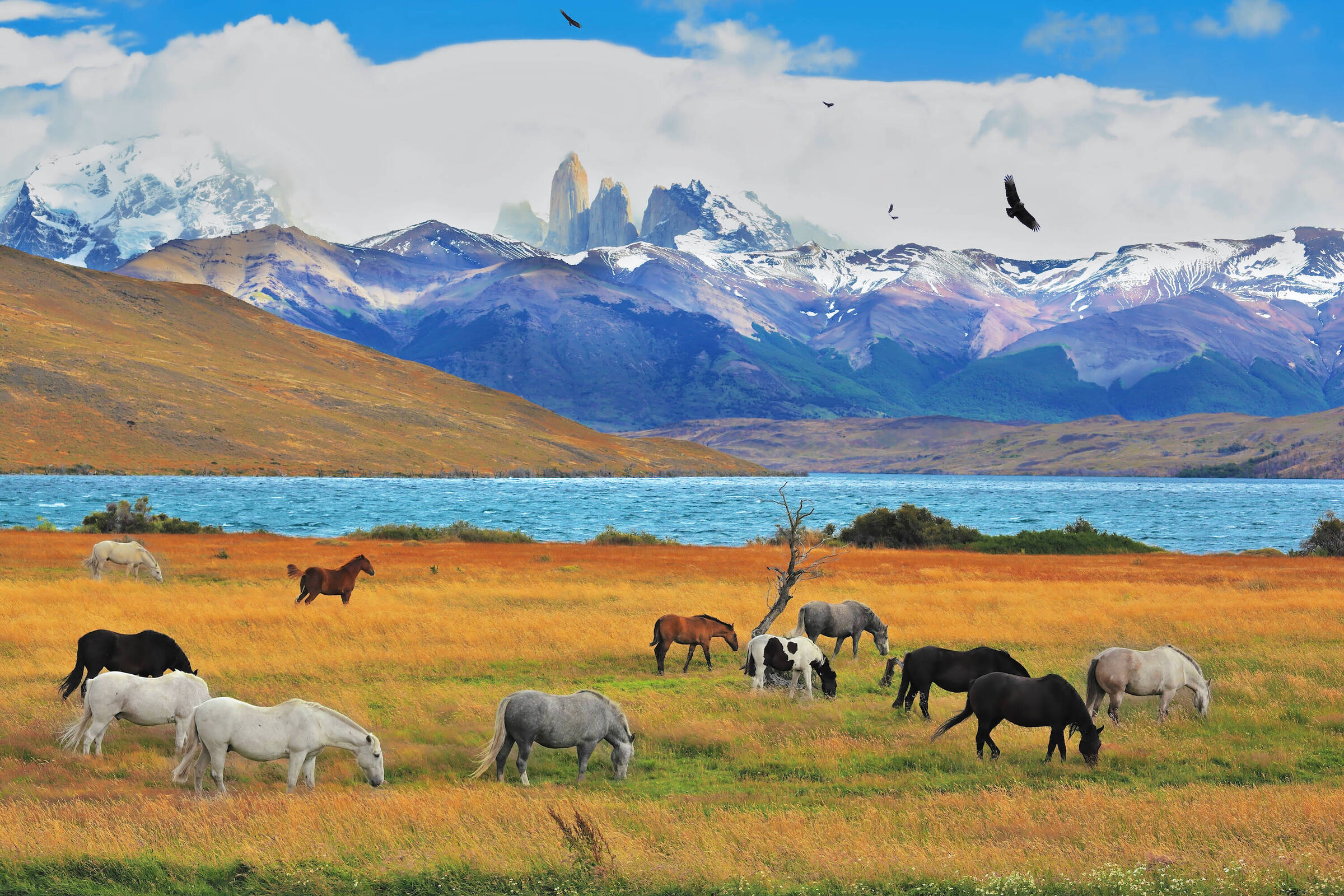

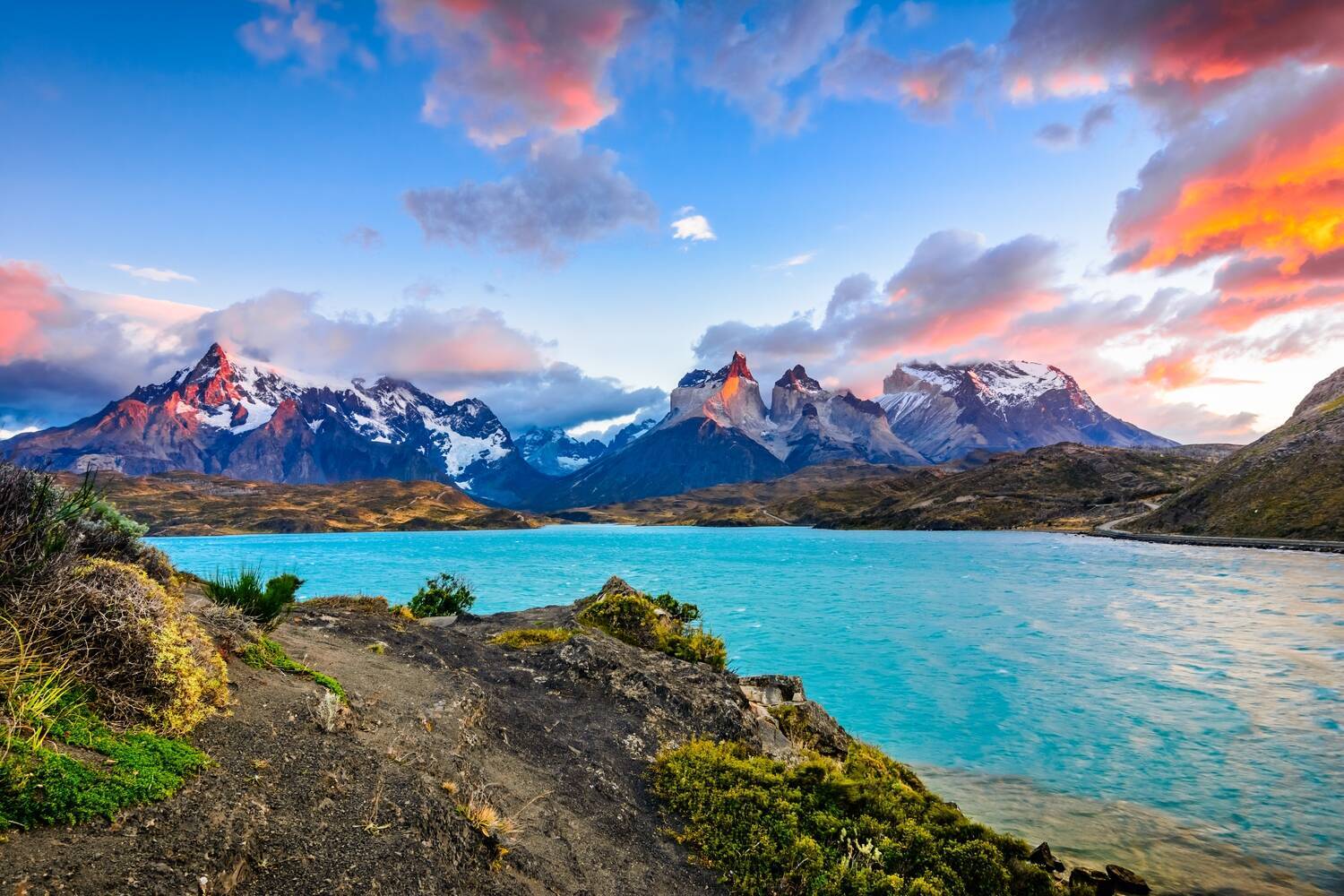
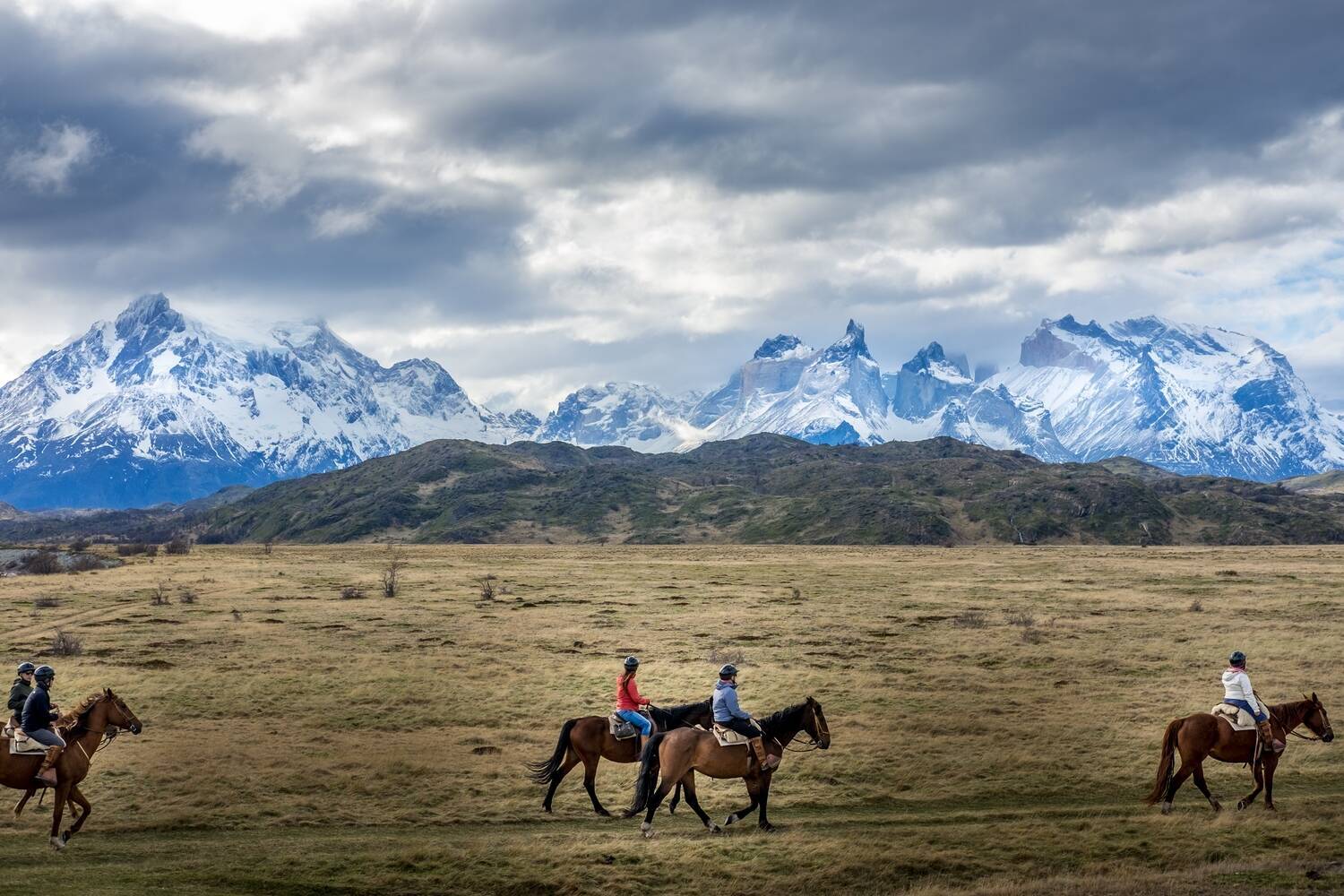

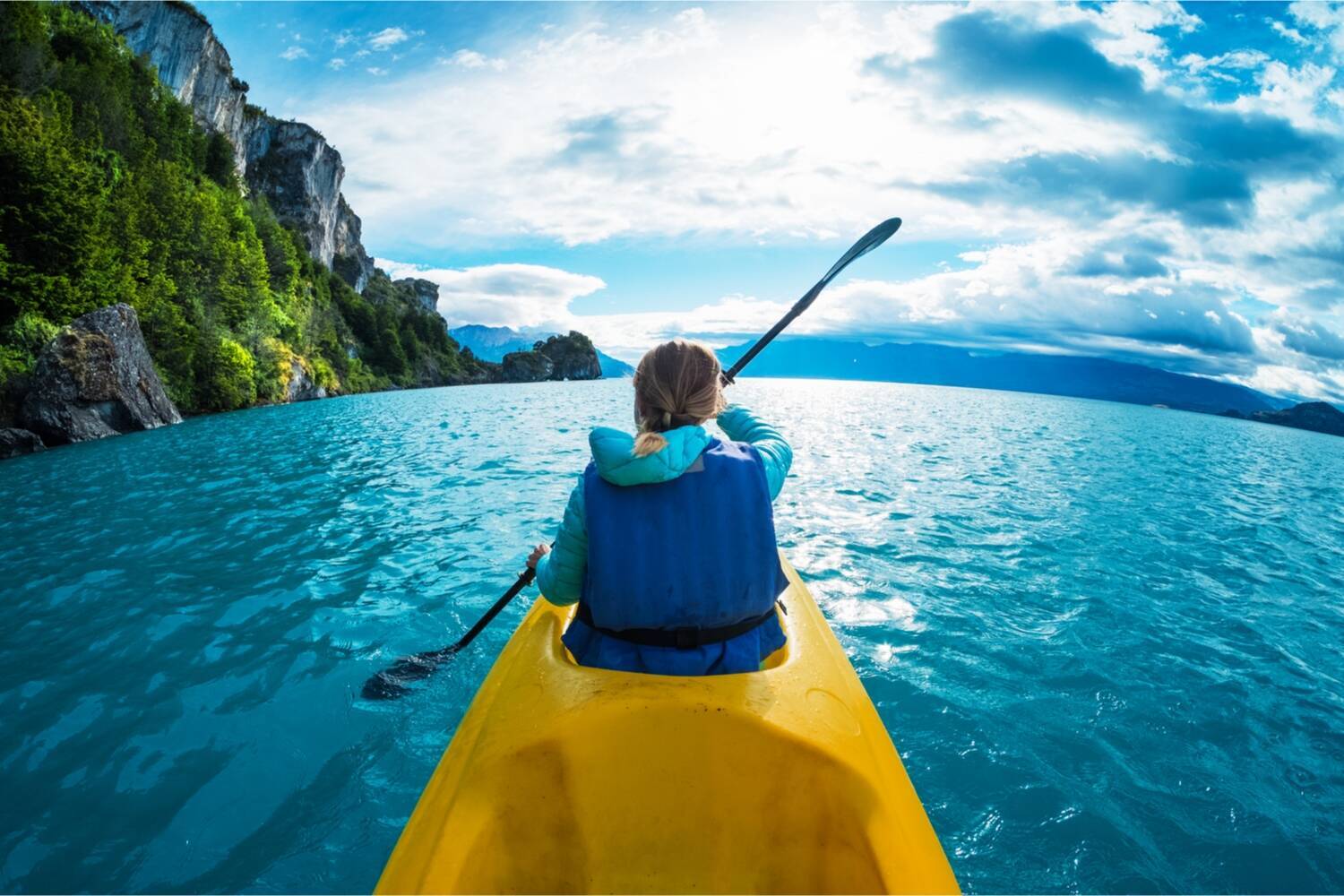
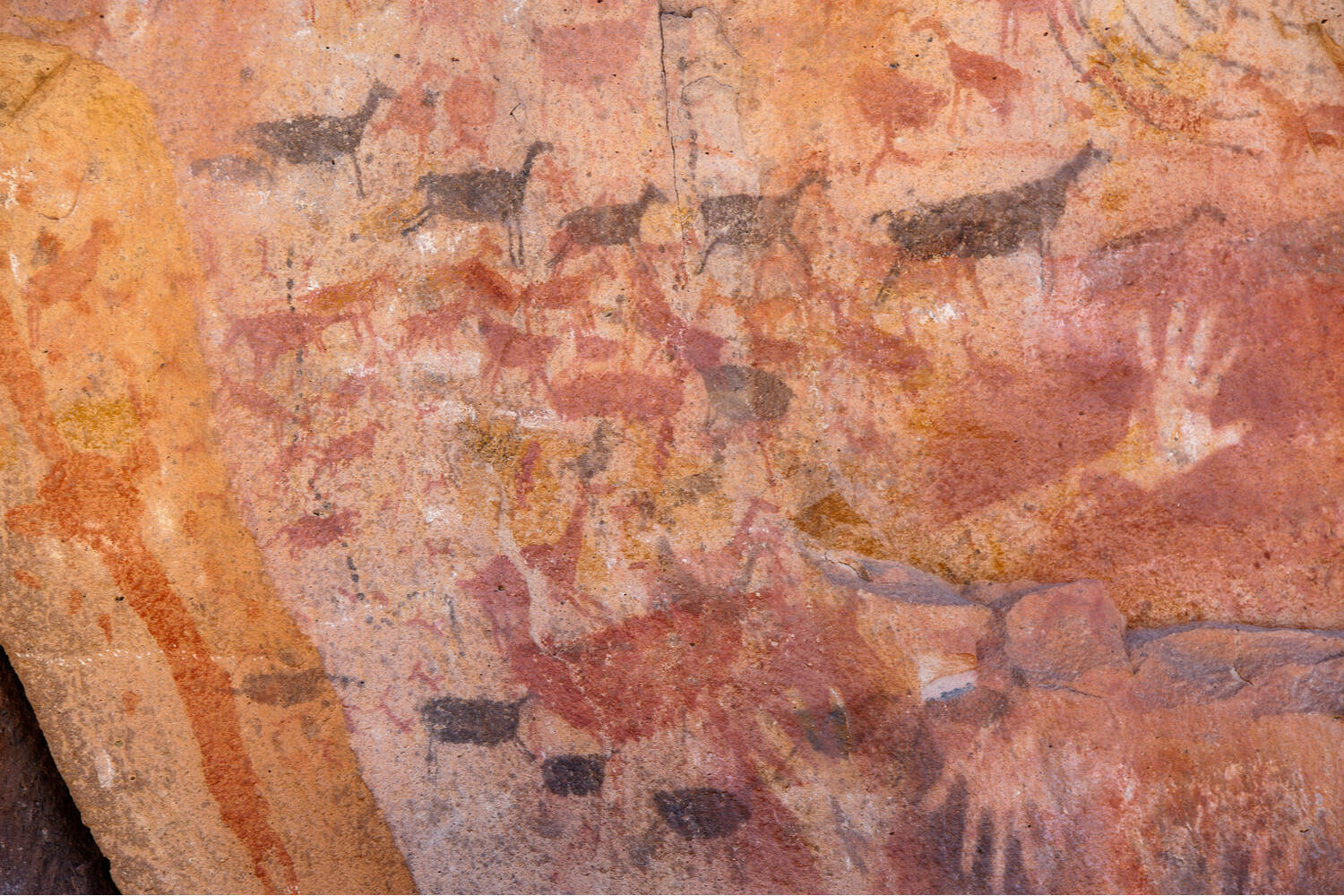




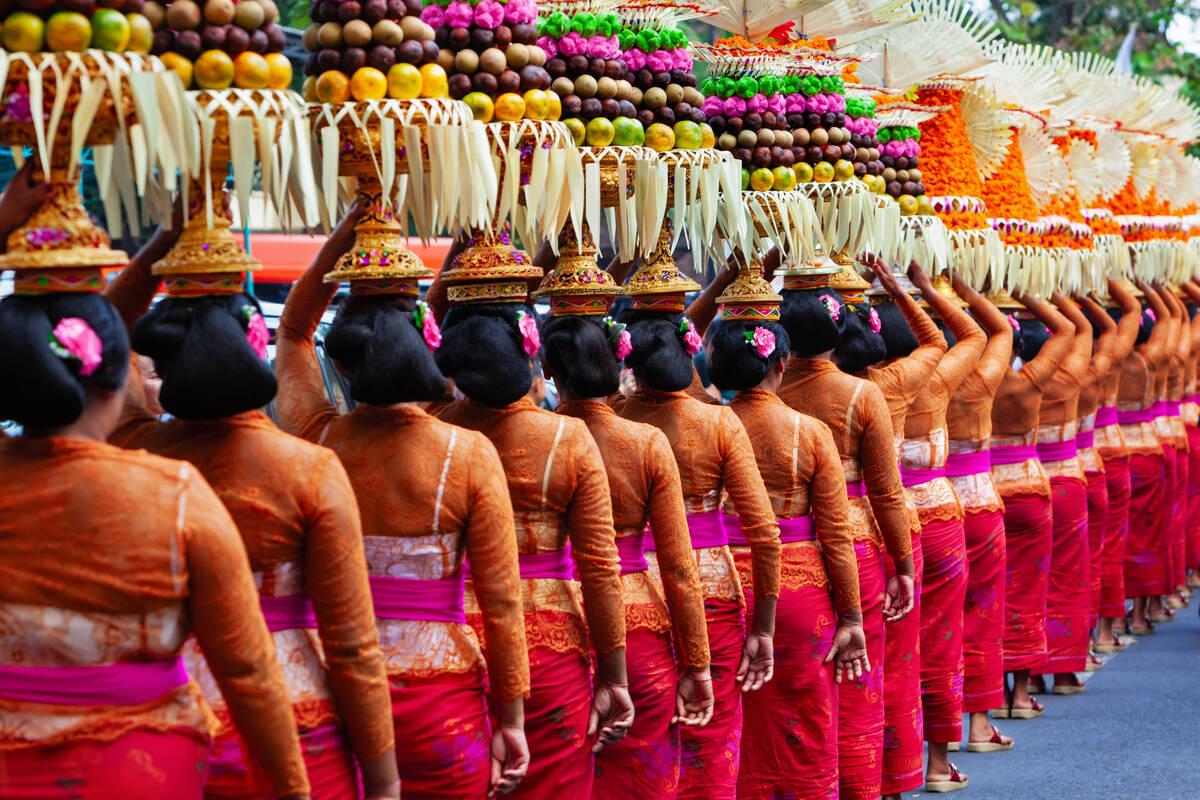













Comments